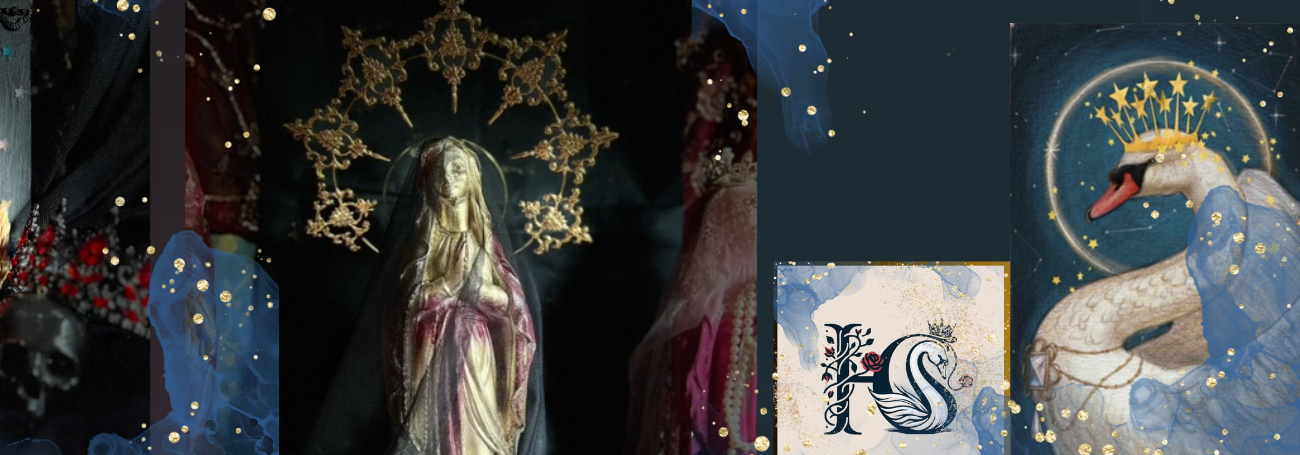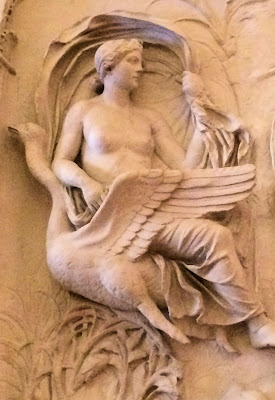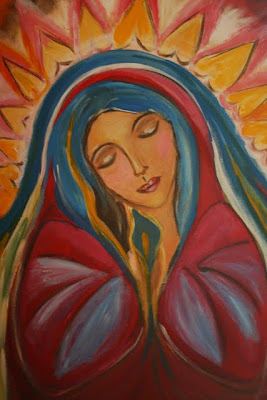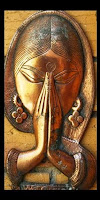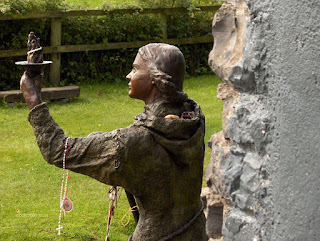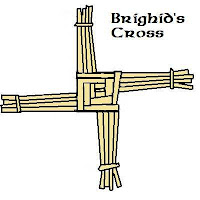The Swan and Goddess in Uffizi, Florence, Italy
The Swan Blessings is an energetic change or transformational
shift known to those who work with their own inner Shaman,
the Christ within or The Beloved.
Subtle messages continually reach us from within, but these
are often in opposition to our conditioned mind.
In an attempt to block these messages we push down the
energies which arise from the heart and flows to the
head centres and the lower centres.
There are many ways to push these energies down or to
try to not become aware of them. It can be through
habitual actions, such as being busy, creating new
challenges, running from one endeavour or undertaking
to the next, depression, illness, persistent worry and many more.
What makes it even more complex is that all of the above
also has a place and a function in your life and it is
not easy to discern when it serves and when it merely
serves as justification for the ‘ego’ mind.
The best approach for me has been to consistently work with getting to
know myself, dragons and all. It takes years
of dedication and focus to truly learn to understand
yourself and your shadows and your archetypes
and the many tricksters. The tendence to ‘just go with the flow’
and ‘to let things go’ is only one half of the picture. These
receptive attitudes also need a frame and a foundation
and a firm hand which can use a sharp bladed sword of
objectivity and discernment. Often the guiding hand and eye
of a skilled teacher, therapist or guru of spiritual knowledge
is necessary and of course the willingness to see that
which we really do not want to see.
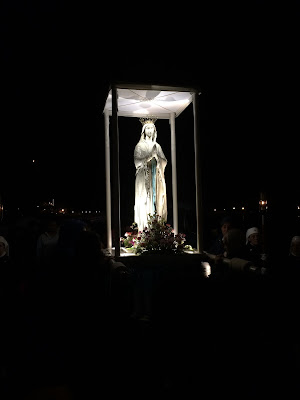 |
Our Lady of Lourdes during Full Moon procession
October 2015 Lourdes, France |
Inner work pushes the tidal wave of lifetimes of habits
and conditioning and fear and oppression back
until the metaphoric Red Sea parts and you are led
to Israel, the Holy Self.
The Swan Blessing is a gift of Grace – and there are many
of those available to the true dedicated pilgrim of life.
The Swan Blessing can enter through a shamanic therapist
in a therapy session or during a shamanic journey or
to those who are consciously aware of the Eternal Present
in the daily ordinary.
It is usually accompanied by a powerful spirit being
and most often by the spirit of Jeanne d’Arc.
The Swan Blessing bring a letting go and an undoing
of energy forms and manifestations over many lifetimes.
It is as though a knot in this lifetime is untied which
unfurls deep seated belief systems and thought forms
which are woven into actual mental and emotional experiences
in previous lifetimes.
It is called the Swan Blessing for a number of reasons and maybe
even more than what I am aware of right now.
 |
| The Annunciation taken in the Uffizi, Florence, Italy |
The swan is a symbol of Air, Spirit, Dreams and the Union of Oneness.
The image of the flying swan is similar to the appearance of the balance
between the left and right hemispheres of the brain when the
pineal gland is erect. It frees the meditator or the shaman or pilgrim
from the physical body mind and the duality of this world.
You and your soul then soar through the many worlds in
absolute unity with All.
This state of being is usually attainable during very deep and skillful
meditation and once you return it fades. Every time you return
you return with a deeper insight; a wider vision of what is Real
and what is possible and you are challenged by the Beloved to
change your lifestyle, your actions, your outlook, your perceptions
to become more and more aligned to your Soul’s dream for this lifetime.
Thus the cloud parts and the ugly duckling becomes the beautiful
swan flying through the blue clear sky.
I wrote about the Swan Blessing previously in Part one and two and
since then I have completed two more pilgrimages to sacred sites.
I visited the walking grounds of San Francesco and Santa Chiara
and was immersed in their sacred and soulful love affair of
the pure heart. I visited the convent, home and relics of St Therese in Lisieux
in France. I spent a week in Lourdes participating in one of the greatest
mysteries and celebration of the Divine Mother in the West.
I visited the cloister of Fra Angelica and the musuem of San Marco and the
Uffizi in Florence and gazed upon the works of the masters and their
genius in telling the many ‘secrets’ of our world.
I visited the oldest Church dedicated to the Divine Feminine in Europe.
And the threads fell with each image, each smell, each experience.
And still the unfurling continues.
As the knot was untied by the Swan Blessing and the Light
which accompanies Jeanne d’Arc when she appeared to me
as bright as daylight, I am continued to be guided into
a completely new lifestyle. I am continually challenged
to put down and give up many endeavours and undertakings
which did serve me and others well.
It is not easy to explain to your self and even more
difficult to explain to others.
Know that the unfolding into the sacred marriage with the Beloved
is an infinite journey. As a pilgrim of Life one continually
travels into the Light of the One and it does not end.
The love for this life and each and every emanation
and manifestation of the Beloved merely intensifies
and with that the sensitivity and the awareness and the
compassion, also intensifies.
A strange paradox takes shape (once again) as
one becomes more energetic whilst at the same time
‘doing’ less as the striving falls away completely.
All desire is replaced with a wave which forms
and grows and washes out into manifestation
of creativity and abundance and it flows down again,
without leaving a void or an emptiness as it
never filled anything as there is nothing to be filled.
Complete fullness and absolute emptiness at all times.
Through the Grace and many blessings, such as the
Swan Blessing, one comes home to yourself.
The journey to the self is truly an remembering
of who you are and being completely YOU
at all times; an undivided, unseparated being,
a Oneness with yourself.


